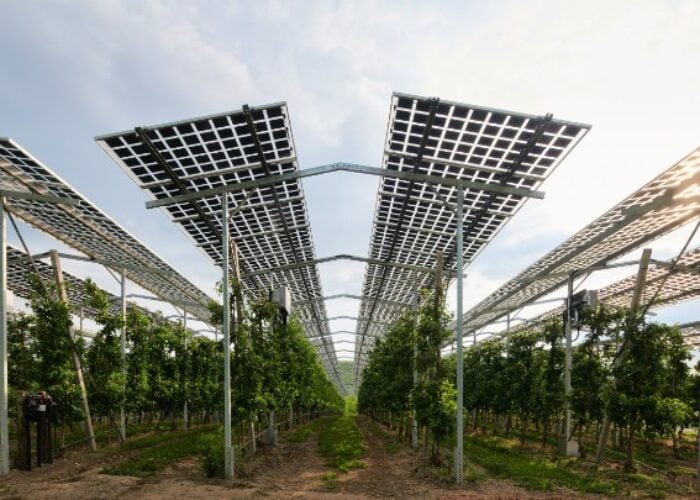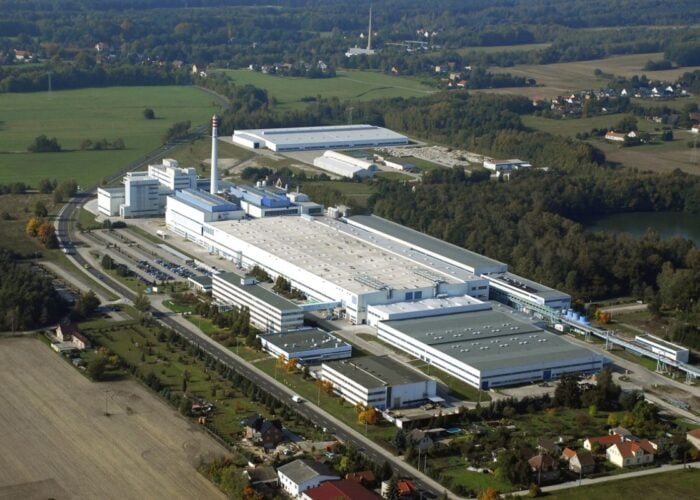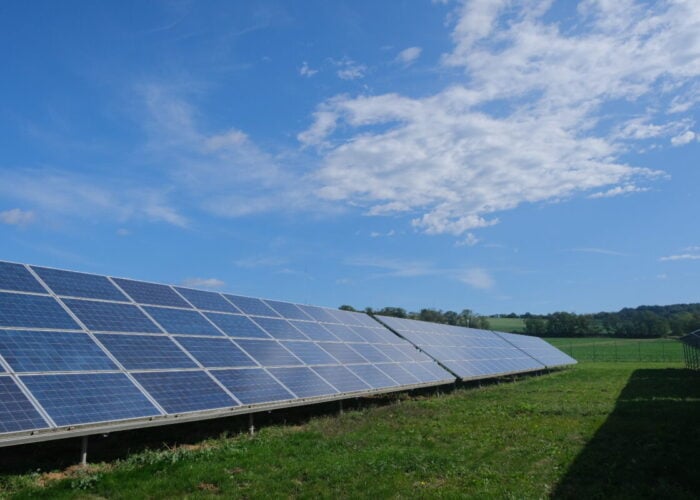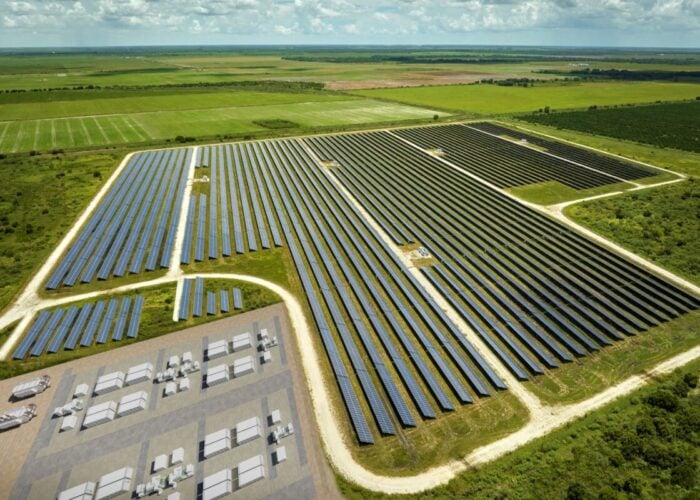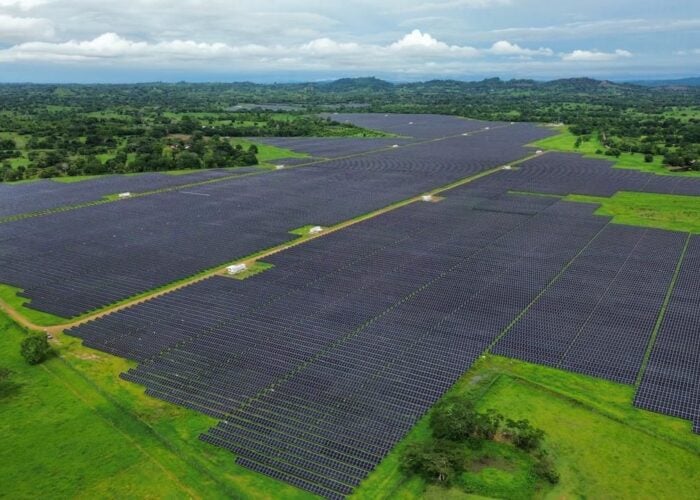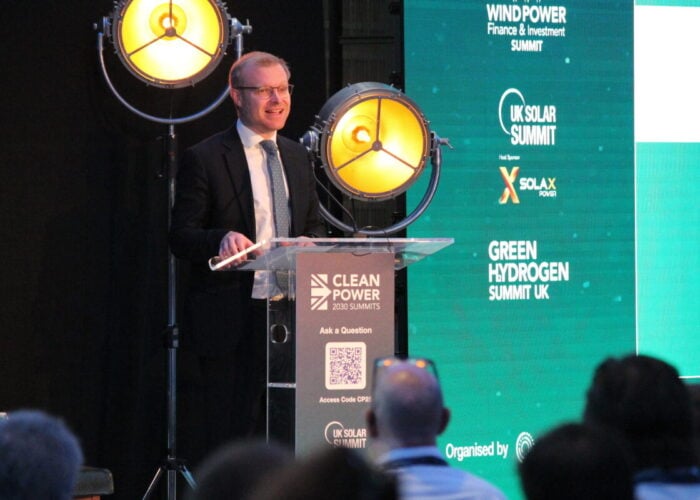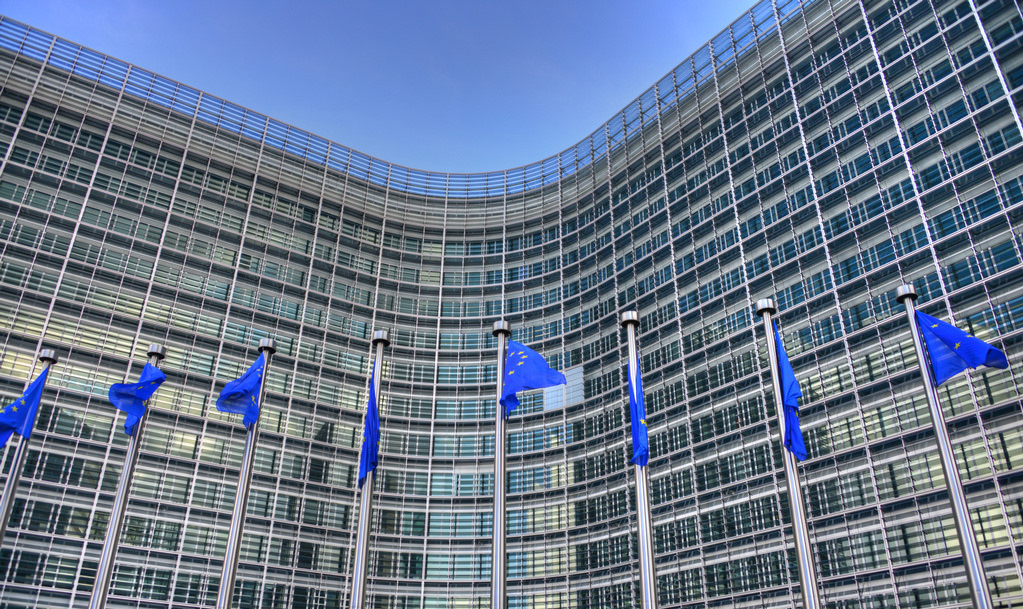
The European Commission (EC) has called on Europe’s governments to “enhance their efforts” to accelerate the energy transition, having assessed the revised National Energy and Climate Plans (NECPs) for a number of European countries.
The NECPs constitute national governments’ plans to decarbonise their countries’ energy mixes up to 2030, and were first implemented in 2019. This year, the EC offered governments the chance to update their NECPs, to put their climate plans in line with new clean energy targets, with the new plans to be enshrined into law next June.
Unlock unlimited access for 12 whole months of distinctive global analysis
Photovoltaics International is now included.
- Regular insight and analysis of the industry’s biggest developments
- In-depth interviews with the industry’s leading figures
- Unlimited digital access to the PV Tech Power journal catalogue
- Unlimited digital access to the Photovoltaics International journal catalogue
- Access to more than 1,000 technical papers
- Discounts on Solar Media’s portfolio of events, in-person and virtual
A number of countries expanded their ambitions for the plans, with Europe targeting an additional 90GW of new solar capacity as part of the most recent round of revisions.
However, the EC has now assessed the revised NECPs, and found that even these revised targets are unlikely to meet a number of goals set out in European energy legislation, most notably the ‘Fit for 55’ programme, which aims to reduce greenhouse gas emissions in the EU by 55% of 1990 levels by 2030. The EC found that, if the plans made in the revised NECPs are realised, Europe would reduce its greenhouse gas emissions to just 51% of 1990 levels, which would fall short of expectations.
The EC also noted that the share of renewable energy in Europe’s energy mix is expected to reach as high as 39.3% under the new NECPs. While this is higher than the 32% target set out in the second generation of the EU’s Renewable Energy Directive (RED), this is lower than the 42.5% target enshrined in EU law, and the 45% ideal scenario target introduced as part of the third generation of the RED.
While EC leadership is optimistic that the latest round of assessments will be of benefit to the European renewables sector, senior figures noted that this has simply made clear the limitations in Europe’s commitments to decarbonisation.
“The evaluation of member states’ draft updated NECPs is now proof that we have taken yet another step in the right direction to implement our ambitious objectives,” said European commissioner for climate action Wopke Hoekstra.
“However, it is clear we need stronger commitments in the final plans to put us firmly on the right track to climate neutrality, build resilience to climate impacts and to capitalise on the gains that come from the climate and energy transition.”
Passing responsibility
The EU has taken a number of steps in recent weeks to advance the energy transition within its borders, including the EC and European Parliament agreeing on a new fixed pricing structure for renewables projects to make investments in clean energy more financially attractive.
However, research from Rystad Energy suggests that renewables developers outside of China will need to invest US$700 billion into mining and manufacturing to establish their own sufficient renewables supply chains, suggesting that responsibility for meeting clean energy targets is now falling onto private companies and individual developers to invest, now that a coherent legislative framework is in place.
“While most of the member states have now submitted their draft updated plans, the commission regrets the significant delay in the submission of several draft plans which has significantly compromised the process, and calls on all member states to respect the deadline for the submission of the final plans in June 2024,” announced the EC in its documentation on the NECP assessment, highlighting how the EC considers the responsibility for complying with deadlines and meeting new targets to have fallen on individual governments.
Indeed, France and Germany, two of the major players in the European energy market, failed to meet the 30 June deadline to submit their revised NECPs. While both countries ultimately submitted revisions, and now target 60GW and 215GW of solar capacity respectively, among the most in the continent, their unwillingness or inability to act quickly to realise EU targets has raised questions as to their commitment to meeting these goals.
The graph below shows a number of countries’ new solar capacity plans as part of the latest NECP revisions, with Germany clearly leading the way.
Optimism for the solar sector
Despite these concerns, the EC noted more positive developments for some countries’ NECPs in general, and solar sectors in particular. The commission pointed to Lithuania and Estonia, which expect to rely on renewables to meet 100% of their energy demands by 2030, and Denmark, which is set to exceed total energy demand with renewables, as examples of countries with robust plans in the revised NECPs.
The commission also drew attention to the EU Solar Energy Strategy, a component of the REPowerEU plan implemented in 2022, which aims to encourage European countries to install significant quantities of new solar capacity. The programme aims to bring online 320GW of new solar PV capacity by 2025 and close to 600GW by the end of the decade by streamlining the permitting process for new solar projects, and meeting these goals will be a component of the latest generation of the RED.
“The NECPs are key tools to set a clear path towards a clean, resilient, and digitalised energy system,” said Kadri Simson, European commissioner for energy. “Our economies are waiting for clear investment signals and our citizens for strategies on how to keep energy prices at an affordable level for the long-term.”
Some of these “investment signals” are already translating into tangible projects, with trade body SolarPower Europe reporting that European developers are on track to install a record 56GW of new solar capacity this year, a significant increase over the 39.1GW of new capacity installed in 2022. The graph below shows how annual capacity installations in Europe have increased dramatically over time, and the fact that SolarPower Europe now expects Europe to add over 75GW of new solar capacity in 2026 alone.

